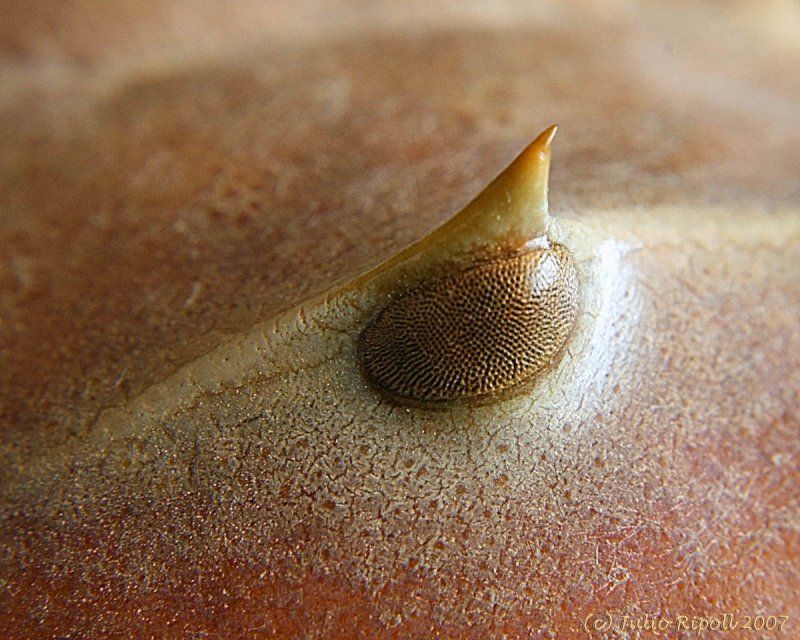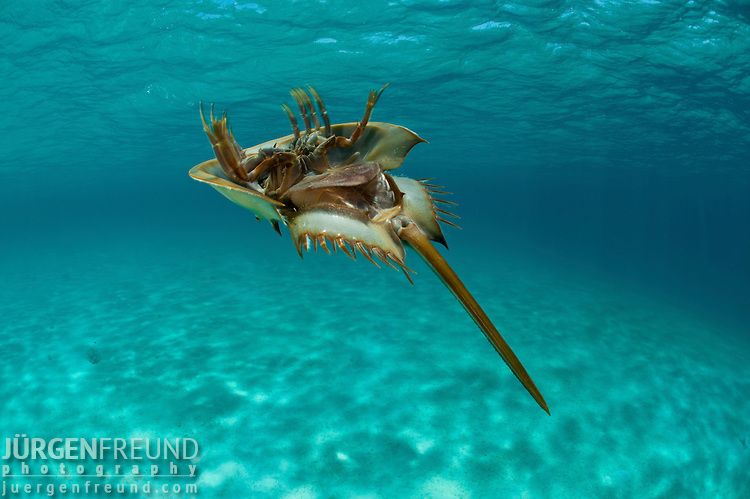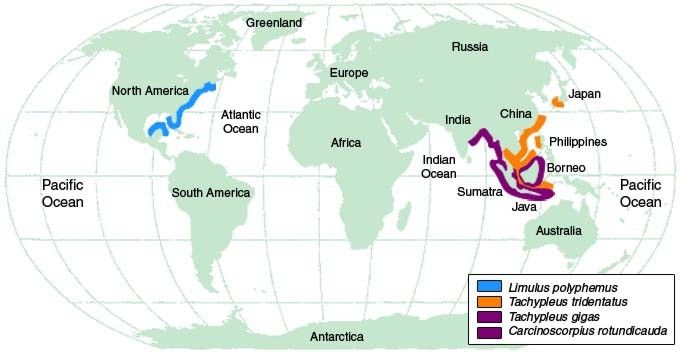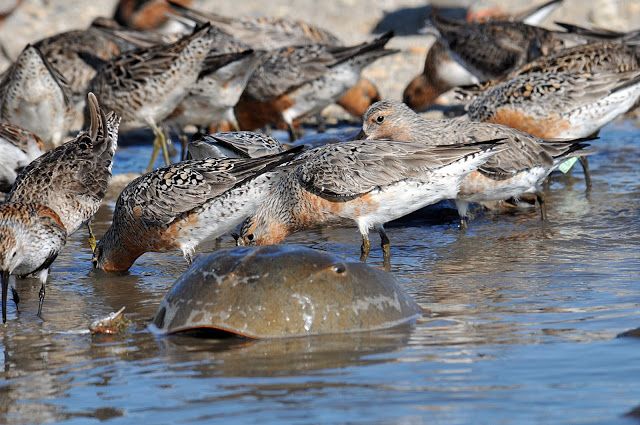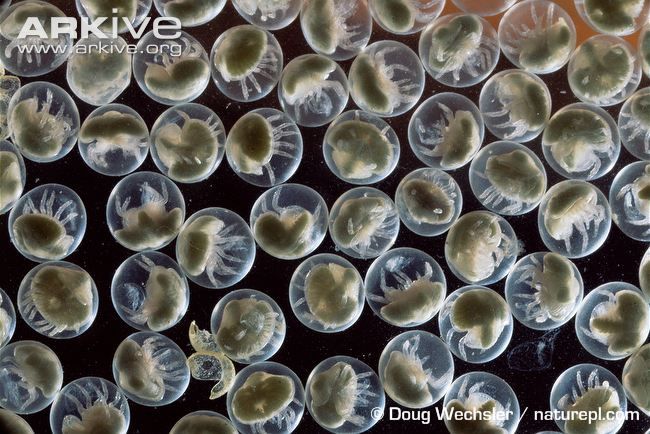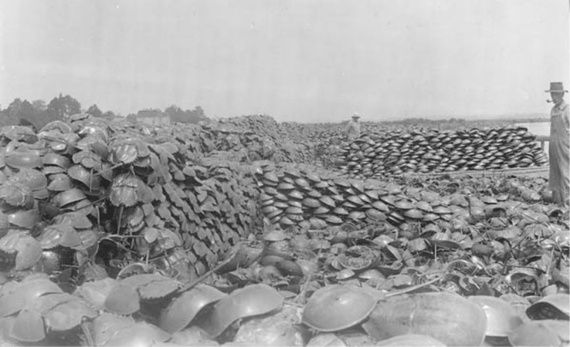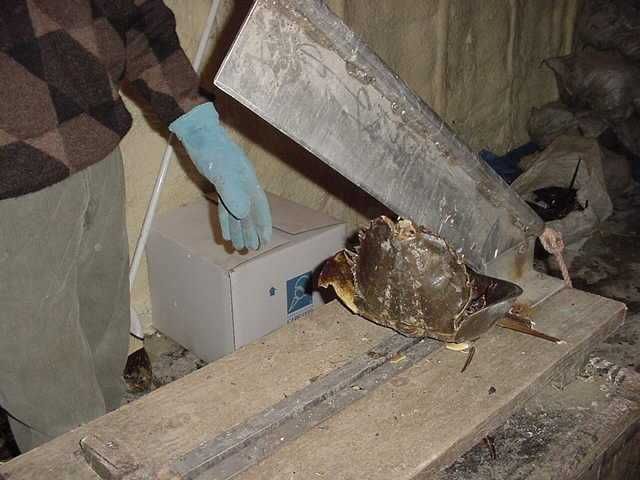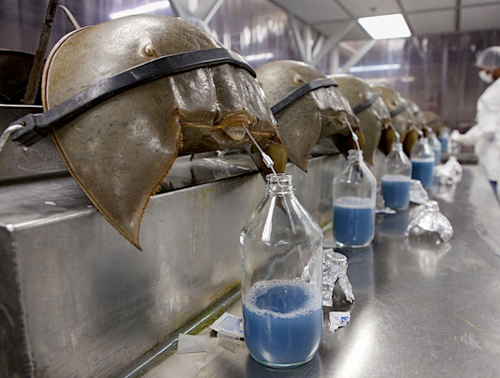A cool front Friday pushed nice 1-meter waves and 15-20 knot winds across the Gulf of Mexico into Southwest Florida. For us those are epic conditions. I went to my usual wavesailing spot, Wiggins Pass State Park in North Naples, and rigged a 5.5. For the board I chose a 106 liter Exocet Cross II. The Cross is my favorite board of all time, and I have even more love for it lately since matching it with a 26 cm wave fin from Maui Ultra Fins- It's fast, loose, and smooth while still early to plane and good upwind. The wind angle was sideshore enough to allow both backside- and some frontside wave riding, so I felt like I had a lot of mobility on the waves.
Wiggins 3-7-14 cross from James Douglass on Vimeo.
After a while the wind dropped from 15-20 to 10-15. I probably could have stayed on the Cross if my 6.8 sail wasn't busted, but without a bigger sail as an option I went for my bigger board, the modified Angulo Surfa 10'4". This was my first time trying the Surfa since my final round of modifications- Front footstraps and a "suck-hole" to facilitate water release in the step-tail cutout. With all the added features, the board can now be called, ahem...
The
DOUBLE WINGER SWALLOW-PIN-TAIL TWIN-FIN DUCK-STEP WINDSUP WITH SUCK-HOLE TECHNOLOGY
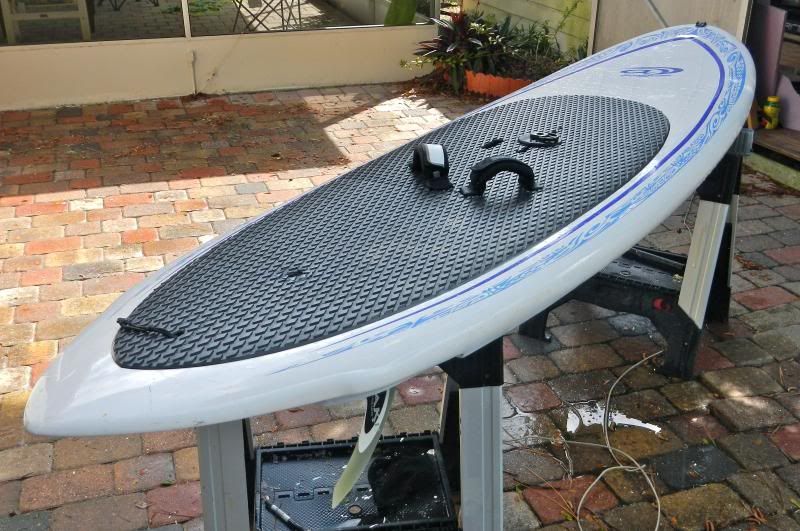
"Wingers" are the little lateral notches where the board transitions from a wider midsection to a narrower tail. Mine is a
DOUBLE WINGER because it has curved wingers near the tail from the original Angulo shape, plus sharp wingers in the new underside that I added.
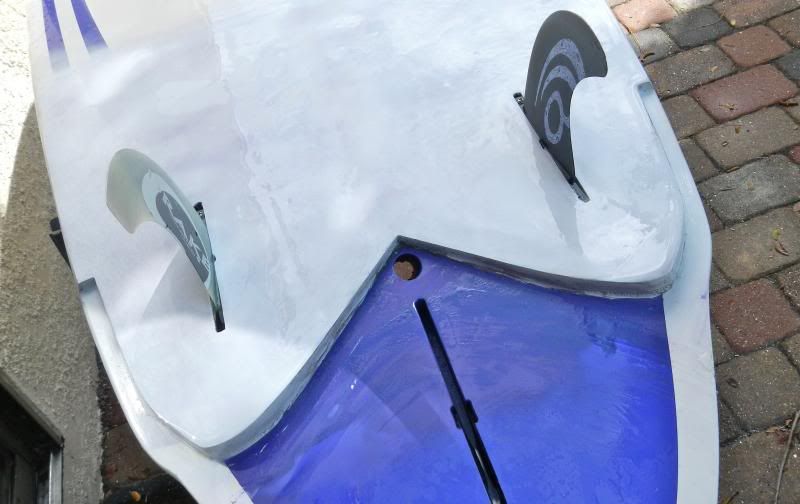
A "swallow-tail" is a tail that splits into two points, which the new bottom section that I added does. The original Angulo came to a single "pin-tail." Hence
SWALLOW-PIN-TAIL to describe the modified board.
The original board had a single center fin with two small "thruster" fins on either side. I removed the center fin and covered the thruster slots, but added a large fin in each lobe of the swallow tail, making the board a
TWIN-FIN. I decided to go with a twin-fin instead of a single fin design so that I could use shorter, more maneuverable fins but still have enough fin area to balance out the wide tail of the big board and the relative large sails I hoped to use on the board. I'm currently using the former center fin (21 cm Angulo SUP fin) in one of the slots, and the stock fin from a Starboard Evo 83 (23 cm Drake fin) in the other slot. Oddly enough I had some problems with the 23 cm fin spinning out, but not the 21 cm. I might see if I can order another 21 cm Angulo SUP fin to get a match. I never liked that 23 cm Drake fin anyway- it used to spin out in the Evo, as well.
A "step-tail" is a design where there are two layers to the tail section of the board, divided by an abrupt step behind the fin. The top layer projects further aft, making the board longer for better glide at slow speeds. But at higher speeds the top part releases from the water, making the board effectively shorter and therefore faster and more maneuverable. A "duck-tail" is a particular type of step tail where the top layer of the tail angles upward more than the bottom layer. Because the original Angulo shape had a lot of "rocker" in the tail, it naturally created a
DUCK-STEP tail when I added the flat bottom layer.
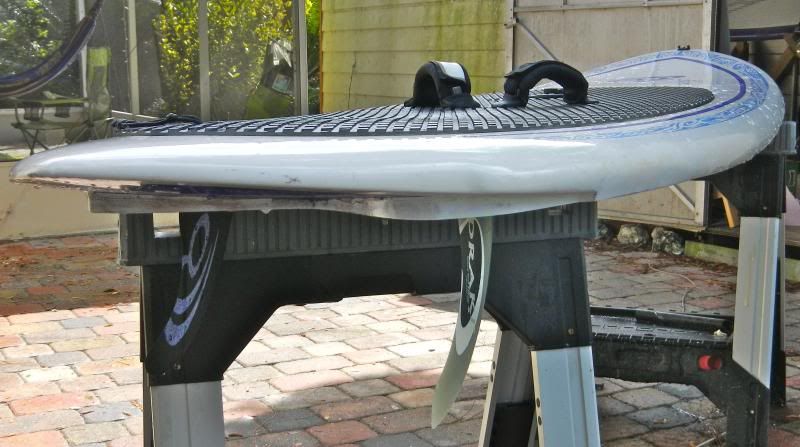
Technically a
WINDSUP is any stand-up paddleboard fitted with a mast-attachment point for windsurfing. However, a good windsup will also have some other windsurfing-specific features that deviate from the default SUP design. In addition to the tail modifications and footstraps that I added to facilitate planing windsurfing, this windsup also has a slot for a pseudo-daggerboard center fin. Josh Angulo helped me add that back when I lived in Massachusetts and we were using the board as Rhonda's beginner board.
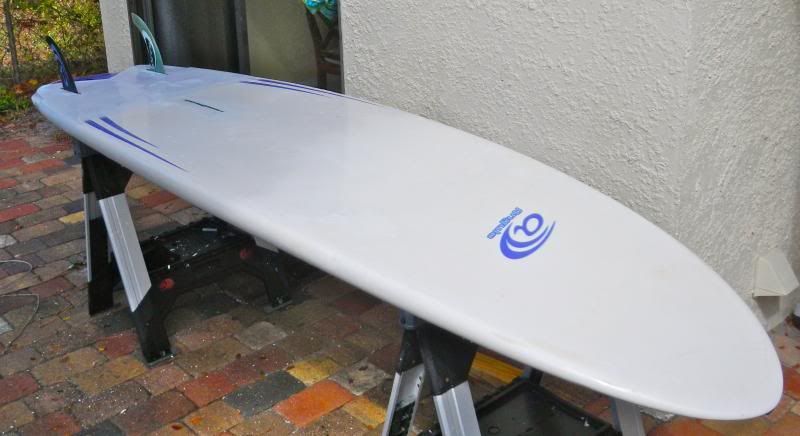
The crowning grace (or disgrace, perhaps) of my board modification is the
SUCK-HOLE TECHNOLOGY. It's the hollow tip of an old, carbon fiber mast, which pierces diagonally through the deck of the board into the notch created by the swallow-step-tail. I put it there to counteract the sucking-to-the-water effect that might be created by the duck-tail at certain speeds. Now when the duck tail tries to suck to the water, it sucks air instead, releasing it from the water and helping initiate planing. I know the suck-hole works, because if I put my toes over it when I'm sailing near planing speed I can feel it sucking air pretty hard. The only annoyance is that at slow, non-planing speeds the suck-hole sometimes spits froth instead of sucking.
How did the DOUBLE WINGER SWALLOW-PIN-TAIL TWIN-FIN DUCK-STEP WINDSUP WITH SUCK-HOLE TECHNOLOGY actually perform? See for yourself-
Wiggins 3-7-14 angulo from James Douglass on Vimeo.





